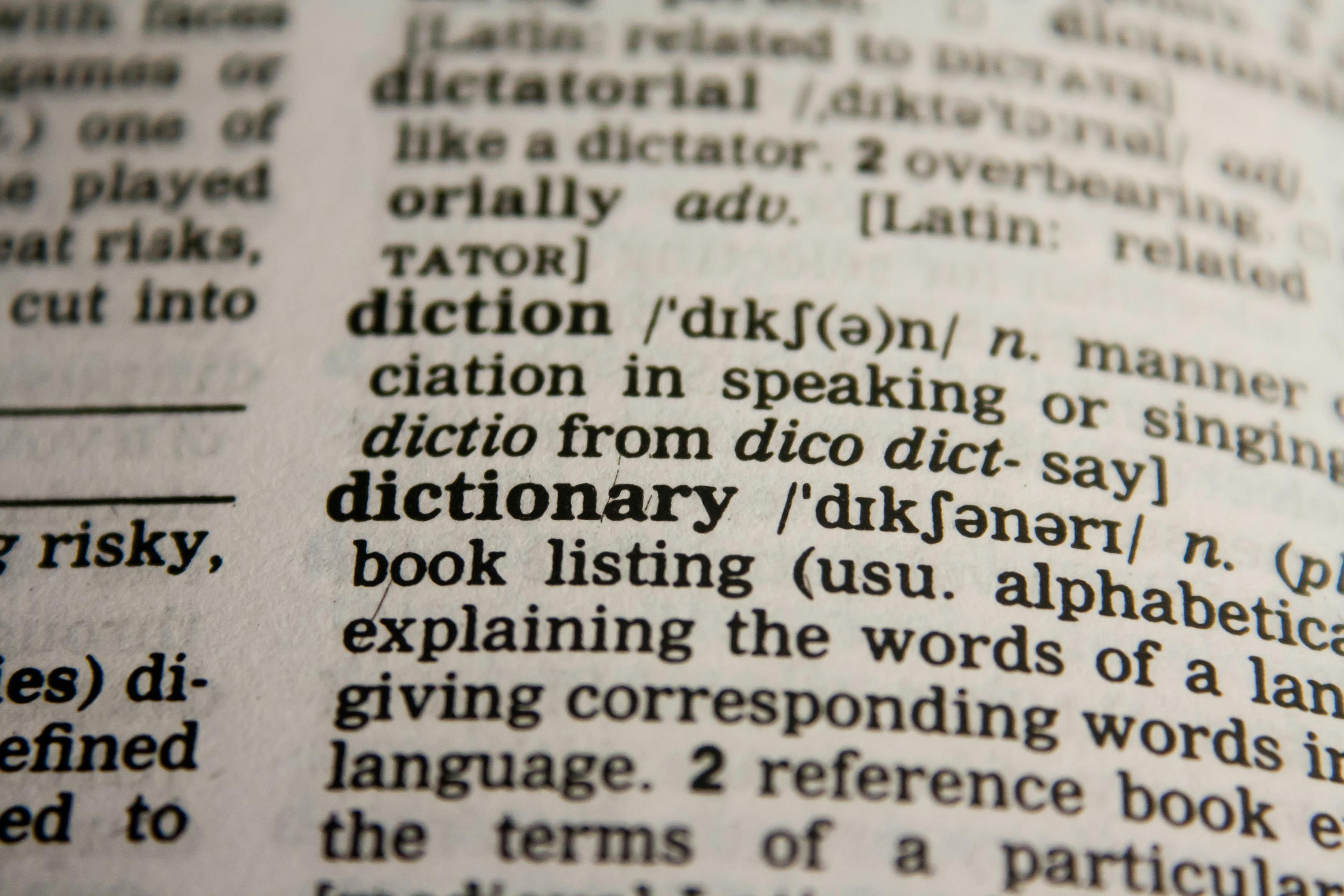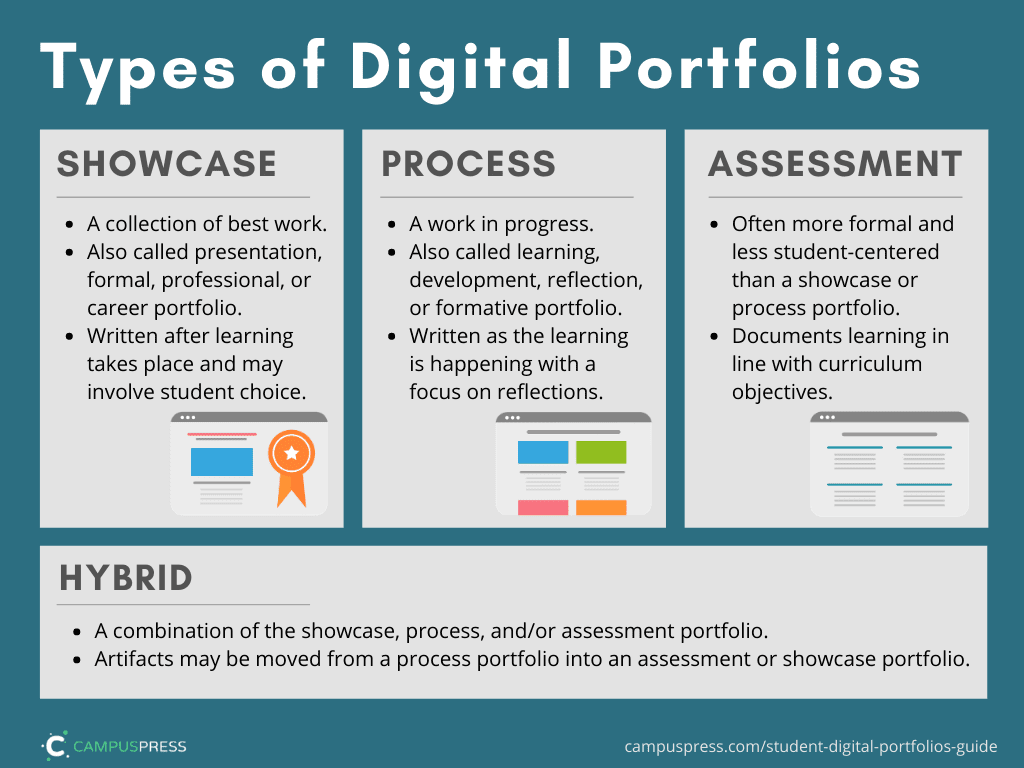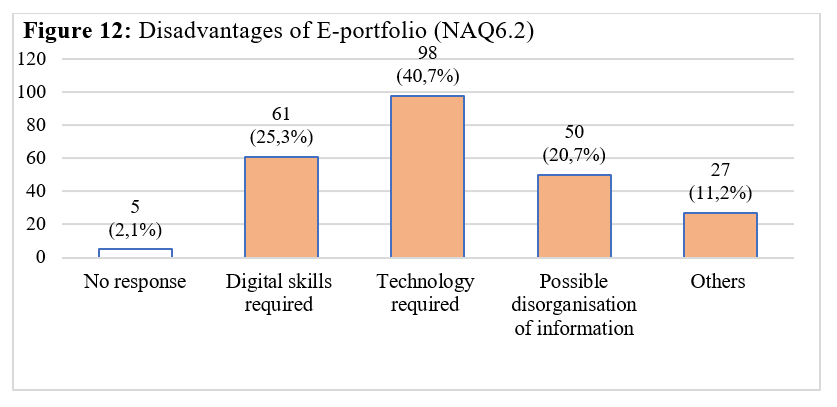Theoretical Background to Electronic Portfolio
| Site: | Vitajte v prostredí e-learningu na Filozofickej fakulte PU |
| Course: | ELT: DASS Autonomy Development using ePortfolio |
| Book: | Theoretical Background to Electronic Portfolio |
| Printed by: | Hosťovský používateľ |
| Date: | Saturday, 13 December 2025, 2:40 AM |
Description
In this part, the following issues related to e-portfolio will be addressed:
- Definition of (E)-portfolio
- Paper versus E-portfolios
- Classification of (E)-portfolios
- Advantages and Disadvantages of E-portfolios
- Steps towards Successful E-portfolio Implementation
1. Definition of (E)-portfolio
A great number of research has been published on portfolios and their role in teacher training. In general, portfolios can be viewed as follows:
- “a collection of activities, opinions, attitudes and products of students' work which are continuously being created – from the role of a student teacher beginner until finishing the university” (Svatoš and Holý 2007, p. 22)
- “A portfolio tells a story. It is the story of knowing. Knowing about things… Knowing oneself … Knowing an audience… Portfolios are students´ own stories of what they know, why they believe they know it, and why others should be of the same opinion. A portfolio is opinion backed by fact… Students prove what they know with samples of their work” (Paulson and Paulson 1996, p. 2)
- “Learning portfolios are intended to support, measure and document critically self-reflective lifelong learning, and they are perceived to be a valuable pedagogical tool for higher education institutions seeking to broaden learning experiences, such that their graduates may ultimately embody a range of “21st century skills” and competencies” (Scully et al., 2018, p. 3)

2. Paper versus E-portfolios
In recent years, there has been a growing interest in electronic portfolios which have been replacing traditional paper portfolios for a number of reasons. According to Součková (2022, p. 88): e-portfolio opens up a completely new virtual dimension and provides opportunities which would not be possible with a paper portfolio (e.g. shareability, customisation for a latter professional portfolio, multimedia artifacts). On the other hand, traditional paper portfolios may also appeal especially to users who prefer paper-and-pencil tools over virtual platforms which often require digital skills at a certain level."
Both electronic and paper portfolios can be used as a tool for self-reflection, autonomous learning and to track progress, however, electronic portfolios may also provide a virtual space which could enhance cooperation and peer-to-peer learning.


3. Classification of (E)-portfolios
Khafaja, M. (2020) presents the following types of digital portfolios:
Source: Khafaja, M., 2020. The Complete Guide to Student Digital Portfolios. Available at: https://campuspress.com/student-digital-portfolios-guide/
In addition to showcase, process (or development), assessment and hybrid portfolios, Crow and Mitchel (2006, p.12, Cited in Cimermanová 2015, p. 117) present also the so-called reflective portfolios:
- "1. assessment portfolios (examples of the owner’s work for viewing by others for assessment purposes);
- 2. showcase portfolios (the best examples of the owner’s work, usually formatted in date order);
- 3. development portfolio (allows the owner to monitor and plan their own development;
- 4. reflective portfolios (allows the owner to review their own development; typically shared when the owner is applying for a job, or wanting to highlight work to other;
- 5. hybrid portfolios (combination of two or more of the above)."
4. Advantages of E-portfolio
The graph below presents possible advantages of electronic portfolio from the perspective of teacher trainees:
Source: SOUČKOVÁ, Z. (2021). Electronic portfolio in Slovak higher education. Prešovská univerzita v Prešove, p. 44
Based on the data, the teacher trainees consider e-portfolios more environment-friendly (digital format compared to traditional paper format), practical (i.e. feasible) and accessible (using various devices).
In addition, according to Eynon and Gambino (2017, p.1), "e-portfolios make student learning visible to students themselves, to their peers and faculty, and to external audiences." Since e-portfolios use an online platform, shareability (which goes hand in hand with accessibility) could be increased compared to traditional paper portfolios. Moreover, the digital space provides an opportunity to interact more easily and thus may enhance cooperation among students.
5. Disadvantages of E-portfolio
The graph below presents possible disadvantages of electronic portfolios from the perspective of teacher trainees:

Source: SOUČKOVÁ, Z. (2021). Electronic portfolio in Slovak higher education. Prešovská univerzita v Prešove, p. 44
Based on the data, the teacher trainees expressed concerns over the fact that technology and digital skills are required when implementing and using e-portfolios. Moreover, possible disorganisation of information was reported. Thus, it is essential that the selected e-portfolio platform is well-structured and logically organized.
In relation to Mahara e-portfolio platform, in their studies, both McNeill and Cram (2011) and Totter and Wyss (2019) report an issue with the usability of the tool. This finding is similar to one reported by Součková (2021). Based on her data, the teacher trainees perceive the platform as more complicated and less intuitive. Therefore, it is important to devote a sufficient amount of time to instruction sessions.
6. Steps towards Successful E-portfolio Implementation
Yang et al. (2017) present an approach towards successful implementation of electronic protfolios which includes the following steps:
- “1. Analysis of students’ learning needs and contexts for using e-portfolios;
- 2. Constructive alignment between learning, teaching, and assessment;
- 3. Scaffolding of students’ learning progress through task design;
- 4. Capacity building and sustained support for students and
teachers” (p. 16).
In their study, Totter and Wyss (2019) highlight the need to plan in advance. It is important to realise that proper planning is the key to successful implementation of e-portfolios in the learning process. First, teachers should set their goals and plan instruction sessions with their students. However, it is crucial that teachers themselves are familiar with the tool and are aware of the options and opportunities it provides.
Eyonon and Gambino (2017, p.76) put special emphasis on pedagogy behind e-portfolio since "technology is important to ePortfolio, but pedagogy is crucial". Moreover, they add the following steps that may positively contribute to e-portfolio experience (p. 118):
- 1. "Collaborate with stakeholders to establish goals and needs.
- 2. Design and configute your ePortfolio platform.
- 3. Conduct pilot testing; develop an implementation plan.
- 4. Offer professional development that link technology and pedagogy.
- 5. Develop support structures for students, faculty, and staff."
Taken together, proper planning with a clear aim while considering the purpose of e-portfolio play an important role in successful e-portfolio implementation. Both students and teachers should be familiar with the tool and understand the options it provides, thus, the initial phase with instruction sessions is essential.
